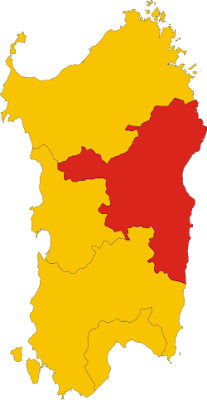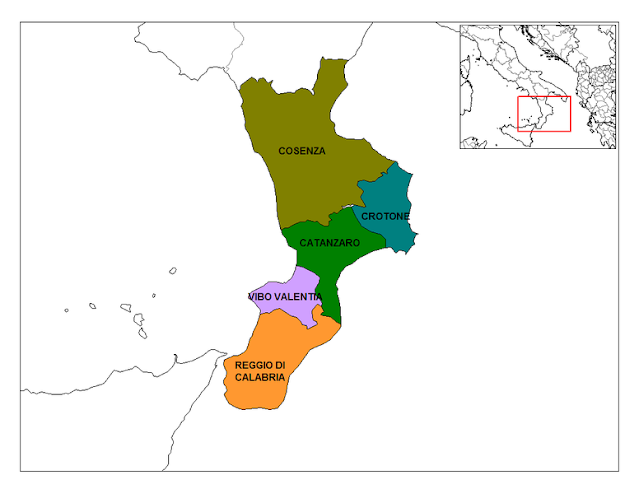It's hard to believe I've been blogging mostly about Italian wine for the last 10 years on Vino Travels. What started as an idea to motivate myself to research and learn about wine turned into something so much more complex and wonderful! Yes, in these days with smaller children, it's tough to find the time to either taste some wines to share or write an article to share with my readers weekly. My passion for wine and sharing this knowledge is what keeps me going.
I've met so many wonderful people over the years and have made so many connections. It's allowed me to some writing opportunities for magazines, an array of wonderful wines to sample and deep insight into some of the wine regions of Italy through travel that I wouldn't have had the opportunity to experience before.
Although I wanted to open a special Italian bottle to share for the big 10th anniversary, I'll have to postpone that until a later time. I wanted to take a moment before the month is over to thank you all. To my readers that have been with me since day one and to some of my newest followers, thank you! I deeply appreciate and want to thank all the wineries, companies and organizations that I have partnered with over these 10 years to allow me to such special and unique opportunities.
I'd love to hear from you all. I welcome any comments or emails at vinotravels at hotmail dot com. Since I don't advertise and don't get paid to write my blog I incur all the expenses to operate Vino Travels. If you enjoy what you read and are interested in supporting and donating to Vino Travels you can Venmo me @Jennifer-Martin-987. I'd greatly appreciate the consideration. Here's to another 10 years!












